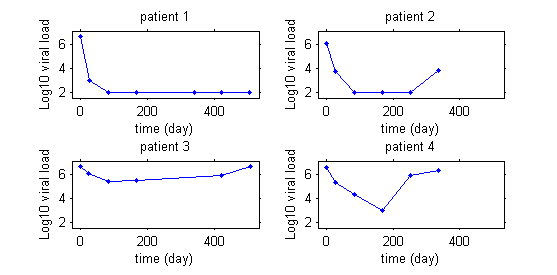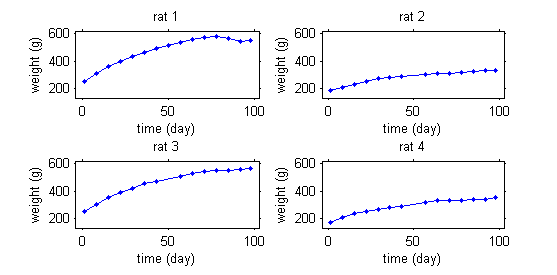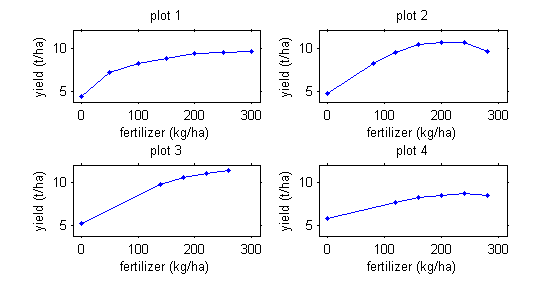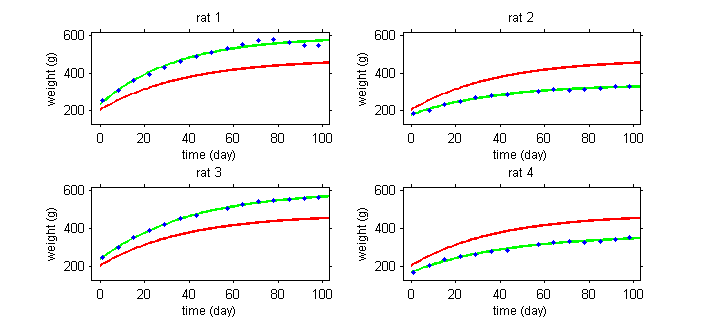Difference between revisions of "Overview"
Jump to navigation
Jump to search
m |
m |
||
| Line 1: | Line 1: | ||
| − | |||
| Line 23: | Line 22: | ||
| − | |||
| − | |||
| − | |||
::[[File:NEWintro5.png]] | ::[[File:NEWintro5.png]] | ||
| − | |||
| − | |||
| − | |||
| − | |||
| − | |||
| − | |||
| − | |||
| − | |||
| − | |||
| − | |||
| − | |||
| − | |||
| − | |||
| − | |||
| − | |||
| − | |||
| − | |||
| − | |||
| − | |||
| − | |||
| − | |||
| − | |||
| − | |||
| − | |||
| − | |||
| − | |||
| − | |||
| − | |||
| − | |||
| − | |||
| − | |||
| − | |||
| − | |||
| − | |||
Revision as of 15:03, 3 June 2013
This first graphics display the viral load of four patients with hepatitis C who start a treatment at time $t=0$.
|

|
This second example involves weight data of rats, measured over 14 weeks in a setting of a sub-chronic toxicity study linked to Genetically Modified corn.
|

|
Here, the data are fluorescence intensities measured over time during a cellular biology experiment.
|

|
Repeated measurements are not necessarily functions of time. For example, we may be interested in corn production as a function of fertilizer quantity.
|

|

